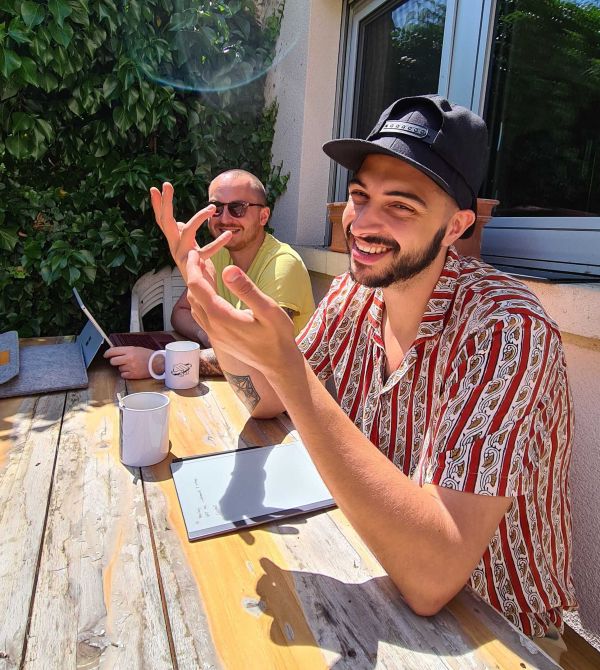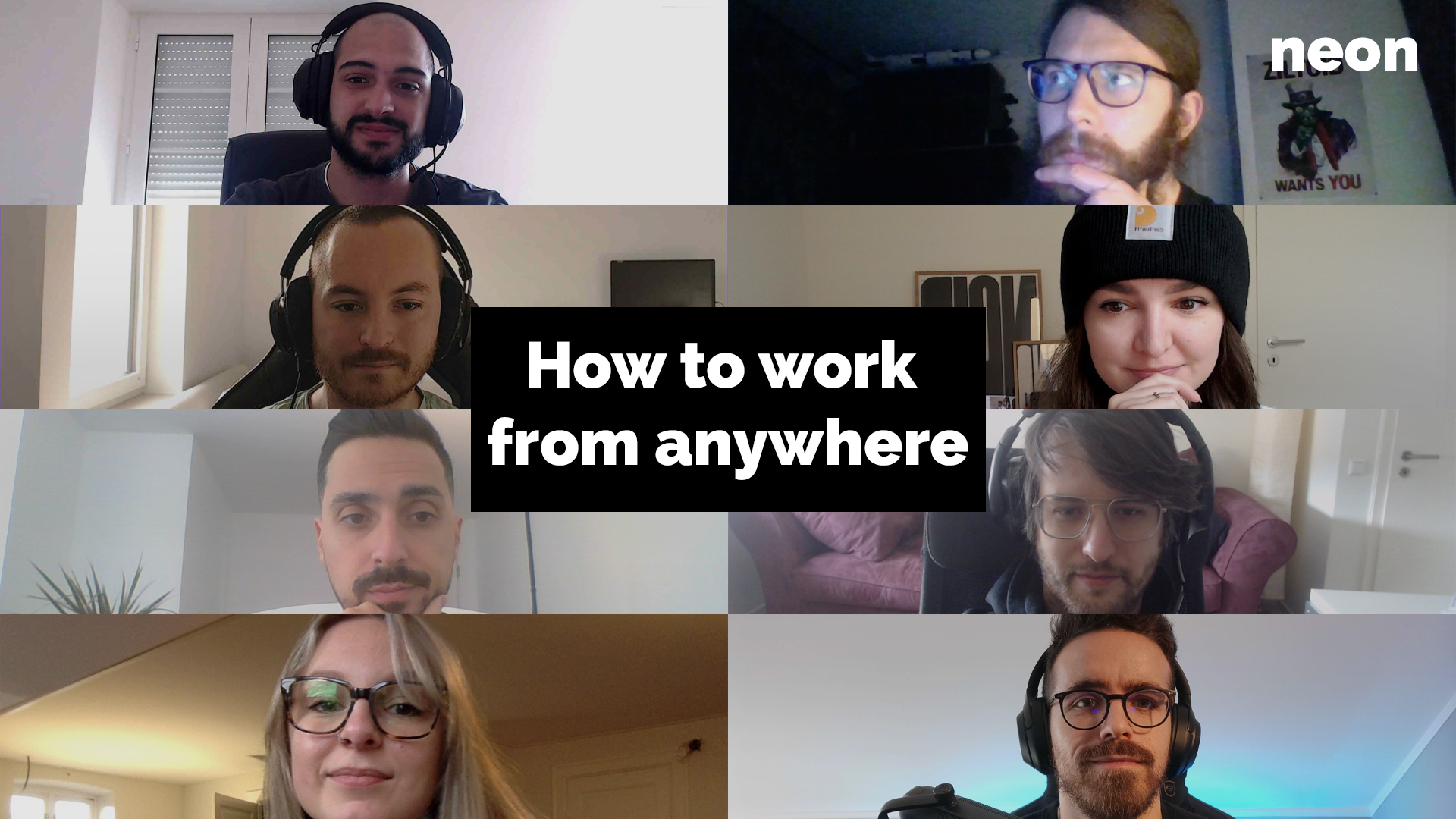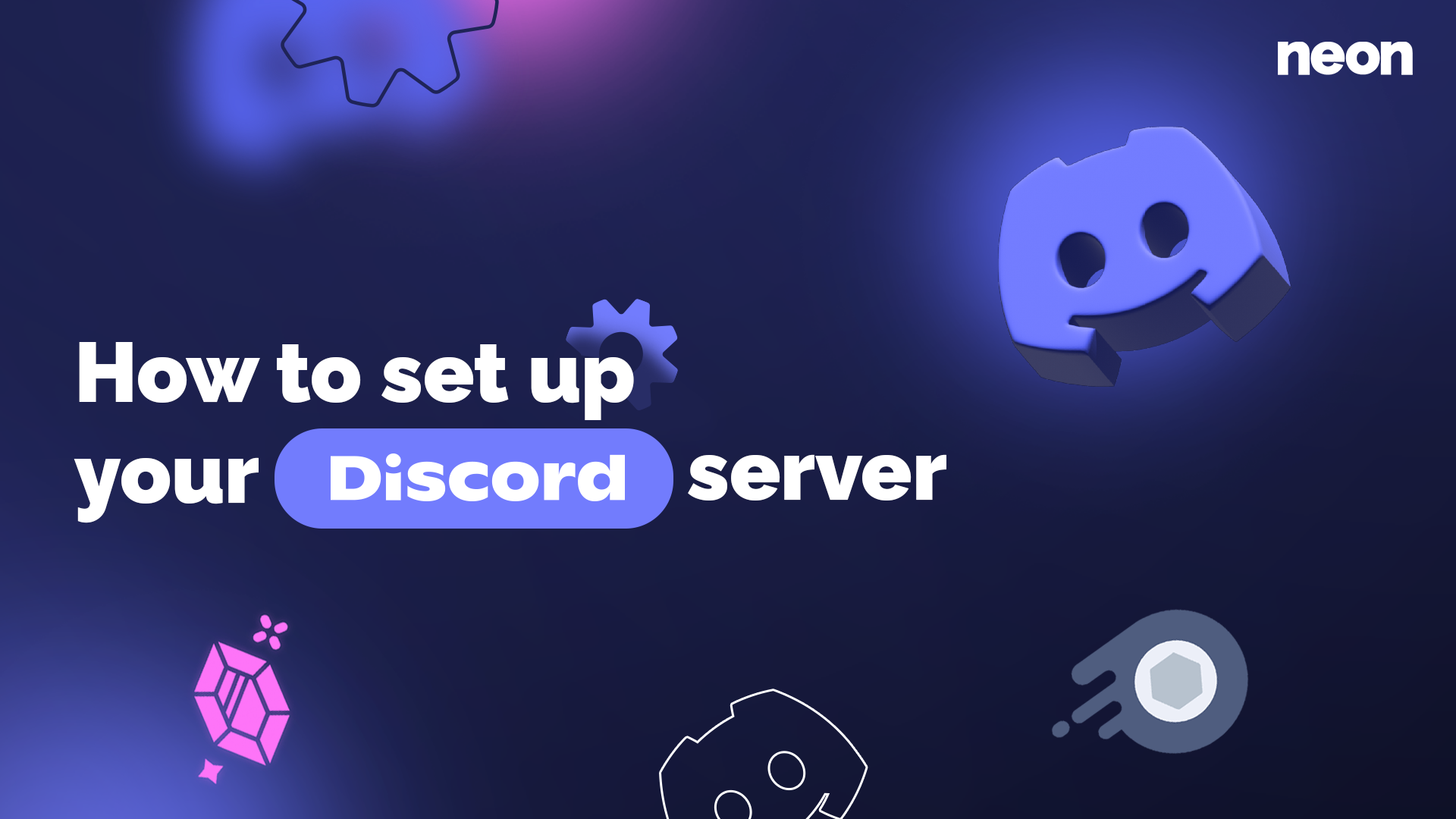Neon has always been a remote-first company. When the first pandemic restrictions hit and home office became the norm, nothing really changed for us in terms of organization.
However, after the first dust had settled after Covid-19 and things started to get back to normal, we decided to give the office idea a shot.
We, therefore, created two physical office spaces: one in Luxembourg and one in Lisbon. We created a video studio, a podcast studio, and an office for our developers. After all, people seemed like they wanted to hang out together again…
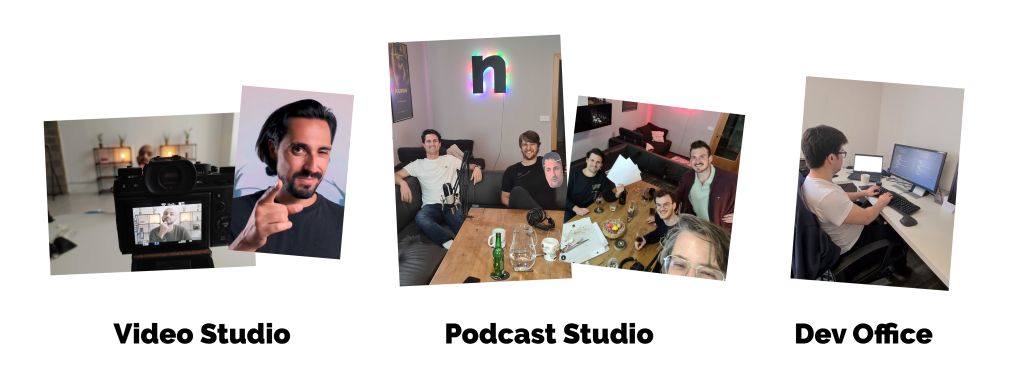
Well, as it turned out our team was so used to working from home that offices were pretty empty for most of the time. So long story short: we kept both of these offices for one year.
Last month, we closed all of them.
In this article, we grant you a peek behind the curtains at how we have built a company that thrives on remote work why we ditched our offices, and what we’ve learned on that journey.

#1 Communication is key 💬
The most important factor to keep the engine running is good communication.
Since we are not physically together, first of all, it is crucial to have tools that allow us to instantly reach one another.

Voice Tools: Teamspeak and Discord 🎙️
Conveniently enough, we were already using a tool called Teamspeak for our gaming endeavors for more than a decade…
Teamspeak allows us to have multiple channels where we hang out while we are at the computer. If anyone has a question, they can join a channel (Office, Coffee Lounge, Meeting room, etc.) and ask away.
The Teamspeak software is free to use but comes with an annual server starting from 55$.
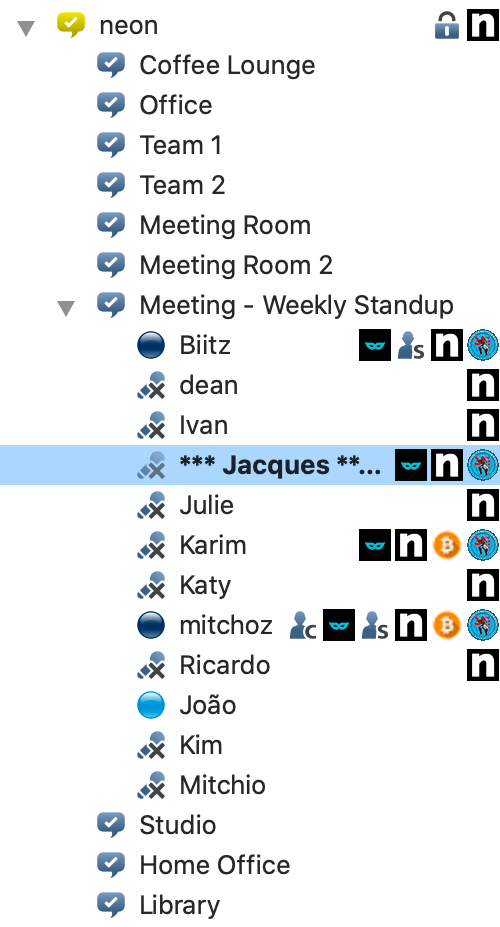
The best alternative to Teamspeak is Discord, which is free and includes more features like screen-sharing, chatrooms, and more. That’s why we use Discord additionally when we’re doing presentations or live streams.
Additionally, our Discord server is more dedicated to our community and TeamSpeak is more like our virtual office for the employees.
Btw, if you want to join our Discord community (and say gm), you can do so by clicking here.
Chat Tool: Slack ✉️
While talking to people is very convenient, it is not very efficient to interrupt workflows every time you have a question. Especially when said question is not urgent.
That’s why we have a Slack workspace. Slack is basically a messenger for companies with different channels. At neon, we have a whopping 64 slack channels that range from client-specific channels to broader channels, like channels to post days off, share relevant articles, memes, and more.
In order to stay efficient, it is crucial that team members stay vigilant for incoming text messages and react as soon as possible whenever they’re needed. This eliminates unnecessary waiting queues for everyone. We have a clear policy here that actively requires everyone to keep their notifications on. The only exception is when somebody is in the middle of a sprint to finish a project.
#2 Good organization = time earned 🧠
Good organization is vital for virtual work environments and physical offices alike.
That’s why we kick off every week with a digital standup meeting in Teamspeak.
In this meeting, each team member gives a short breakdown of what they’ve worked on during the previous week as well as the tasks they will tackle the week ahead. This makes the organization much easier since the team is up to date and can let each other know in advance if they are needed on a specific task.
ClickUp 📓
On top of the standup meeting, we use ClickUp, which is a collaboration and project management tool. ClickUp allows users to assign tasks to team members, including statuses (complete, ongoing, etc.), and display information in the form of calendars, Gantt charts, and more. We also use ClickUp as project management software for our tech projects, like neontools.io.
We use Clickup.com as project management software
On top of Clickup, we’ve also recently discovered Notion and are still experimenting with it, but it looks quite promising. Notion is also an organizational tool but allows for advanced customization.
#3 The right tool for the right job 🧰
Now that we’ve covered the planning and organizational part, it is time to get into the nitty-gritty of how we make things happen.
Google docs, sheets and slides 📄
When working together on a written document, slideshow, or presentation we use Google productivity apps aka. docs, sheets, and slides. This allows multiple people to work on the same document in real-time, prevents sending different document versions, and makes your documents available from wherever you are.
Figma 🖋️
Working on more complex visual undertakings, like the interface of a website e.g., requires a different set of tools. That’s where Figma comes in. Figma is a design app for creating everything from social media posts to website prototypes. It allows multiple users to work on the designs in real-time.

Free ClickUp for project management tasks.
Miro 📌
Apps like miro allow you to create virtual whiteboards to illustrate everything from customer journeys to product strategies. This tool is very useful to map out processes and next steps. For example, when launching a new product, miro helps to get the team aligned and serves as a fallback if people need to look up specific strategic milestones and tasks.

We use Miro as Whiteboard software.
Dropbox 📁
While working with cloud solutions is very convenient, it is not always possible. Especially when it comes to content production, you will need to save your project files. Dropbox delivers the best of two worlds.
To avoid stuffing our hard drives with tons of different files, we’ve set up a company Dropbox account. With the Dropbox app downloaded to your computer, you can access and modify files directly or share them with collaborators without having them on your computer.
Honestly, this is the best and first software investment every agency should make. It costs almost nothing and can save you a lot of headaches.
#4 Work hard play hard 🎉
Even with many team members being dispersed in different countries, we found ways to connect with one another outside of work. Games like AmongUS or Gartic-Phone enable players to have a shared experience and just have fun together.
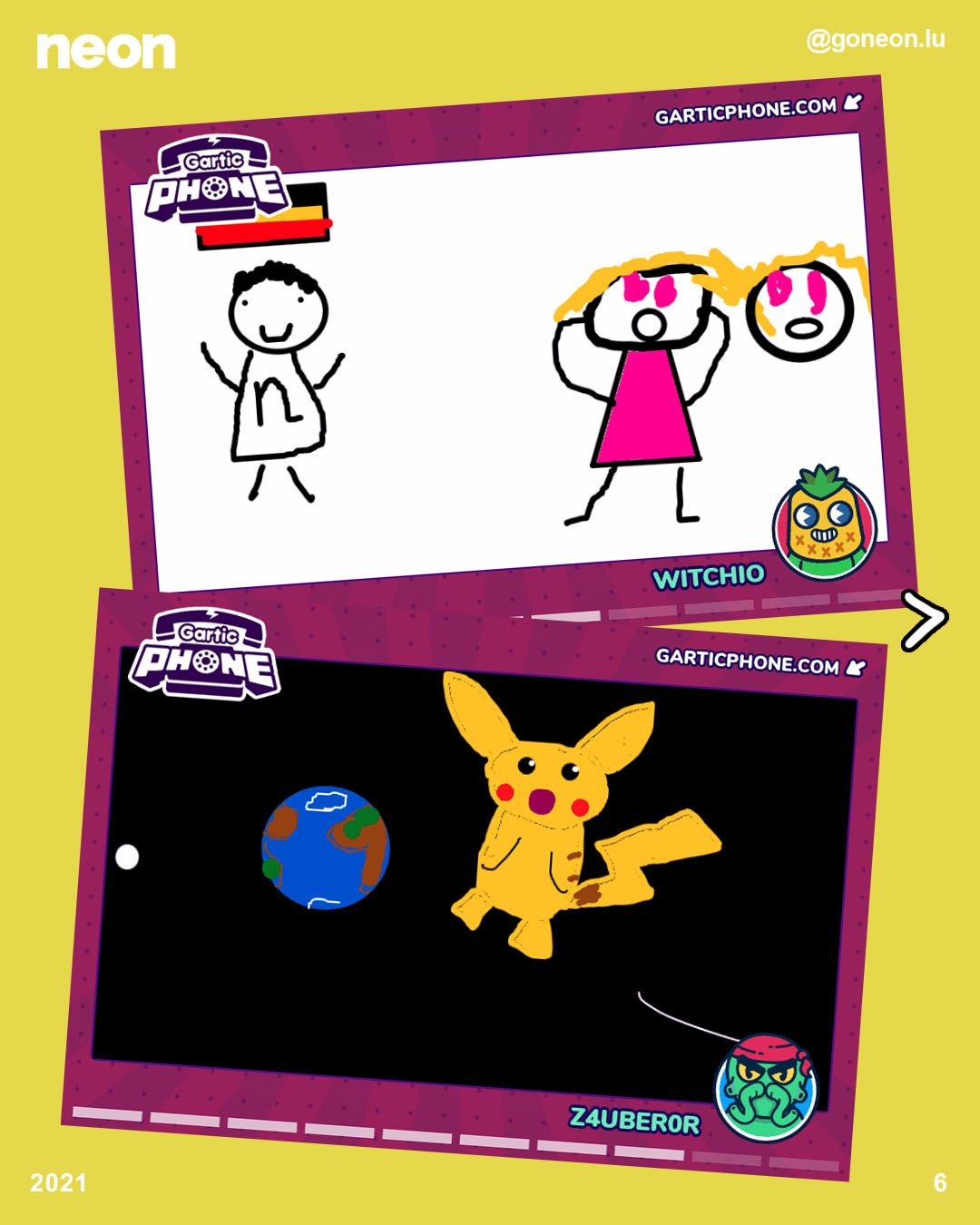
garticphone.com to have fun with the team every once in a while.
#5 The team 💪
Now that we’ve covered the tools we use, there is one crucial element for the success of this kind of structure: The right team.
To pull off the coordination in a remote structure you need a reliable team with a variety of qualities like reactivity, self-discipline, organization skills, autonomy, and trustworthiness to name a few.
Much of our success is due to the fact that our team members bring these qualities to the table. Let’s not forget that behind every piece of content, there are one or more people that worked hard to make it happen.
So thank you to the neon team and all our partners for being awesome! 🙏
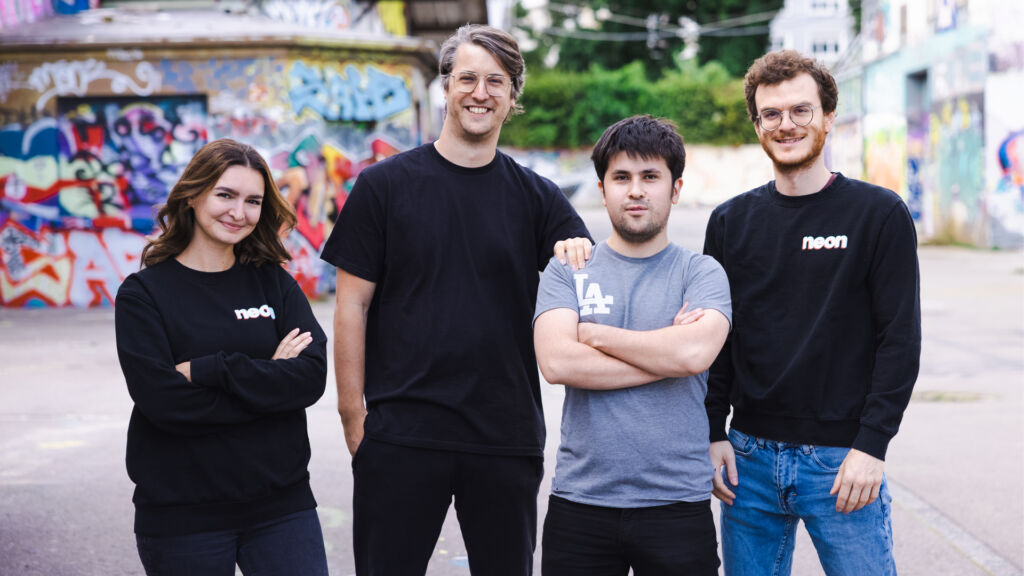
Conclusion
Many people experienced home office for the first time during the pandemic. What started as an extraordinary measure for extraordinary circumstances soon became a requirement. Today companies are adapting to the growing demand for an optional home office which means many of us are probably never going back to the old ways. And honestly: why should we?
Luckily, there are tons of tools out there that make remote work as efficient as traditional work environments. What those tools can’t replace, however, is the human component. Even though we love the home office, we think it is just as important to have a genuine, real-life human connection. That being said, the crux of the matter is to find the right balance for your team, your company, and yourself.
Jobs at neon
Finally, if you’re interested in joining a team of fun people who always try to push the envelope and cultivate open-mindedness, feel free to check out the Jobs page on our company website for open positions.
